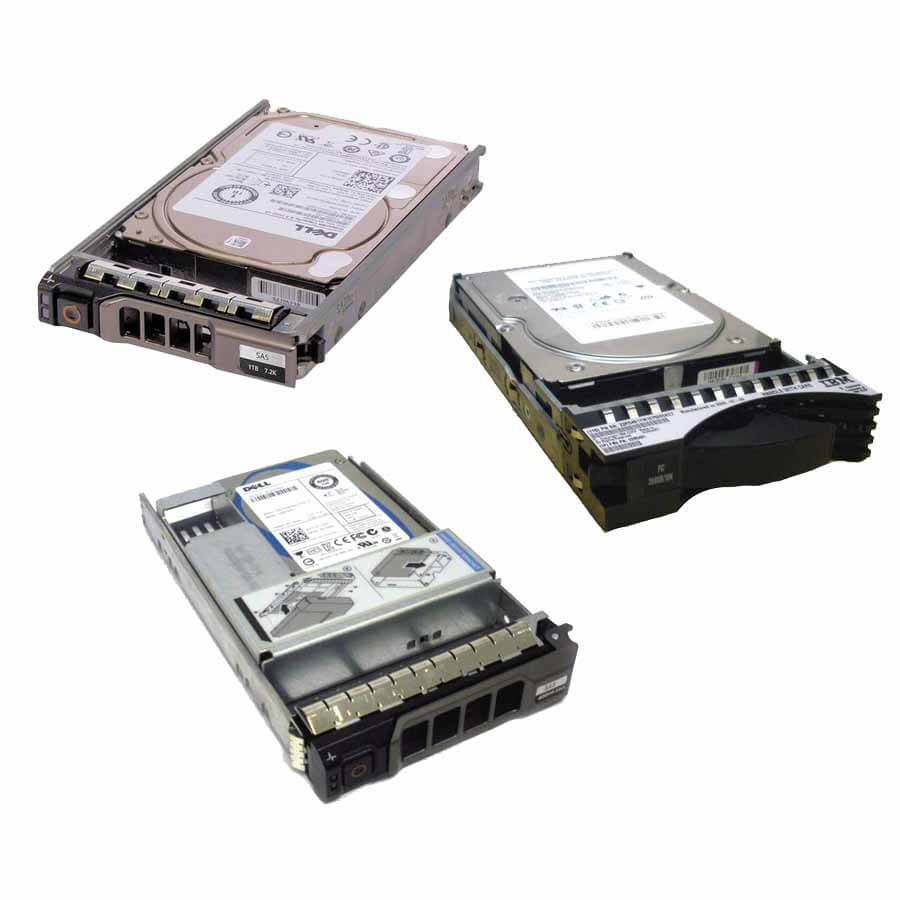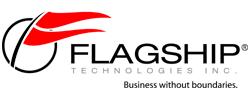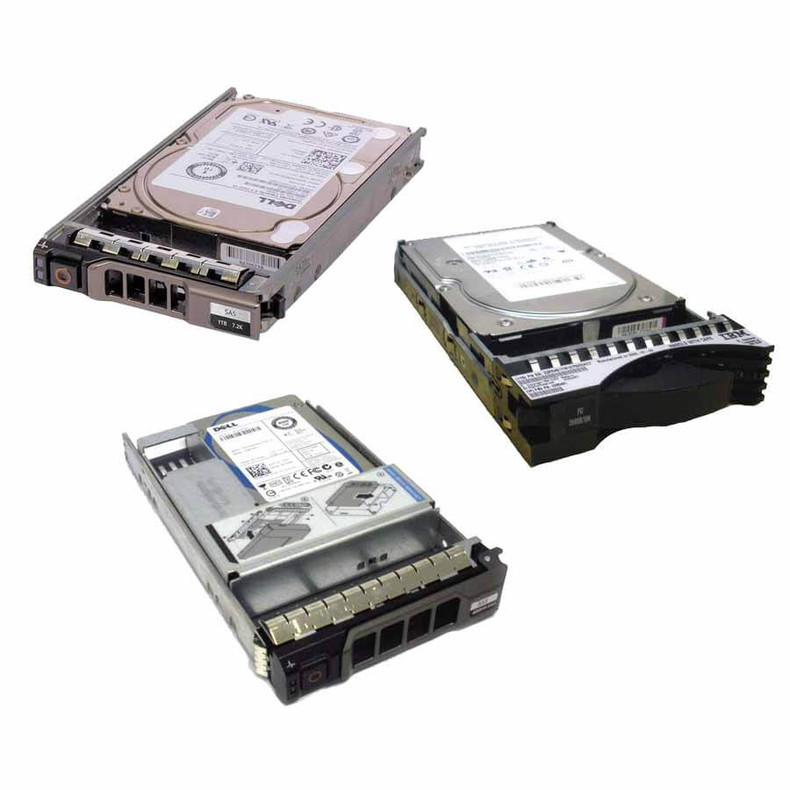 Choosing the Right Server Hard Drive: A Comprehensive Guide from Flagship Technologies
Choosing the Right Server Hard Drive: A Comprehensive Guide from Flagship Technologies
In the world of server infrastructure, reliable and efficient data storage is paramount. Flagship Technologies understands this, offering a diverse range of server hard drives tailored to meet various business needs. Understanding the different types available is crucial for optimizing performance, capacity, and cost-effectiveness. This guide breaks down the primary server hard drive types, helping you make informed decisions.
The Core Contenders: HDD, SSD, and Hybrid Drives
Hard Disk Drives (HDDs):
- HDDs are the traditional workhorses of server storage. They utilize spinning platters and a moving read/write head.
- Pros: Cost-effective and offer high storage capacities.
- Cons: Slower data access speeds compared to SSDs and a shorter lifespan due to mechanical components.
- Ideal For: Applications requiring large storage capacities at a lower cost, such as archival storage or data backups.
Solid-State Drives (SSDs):
- SSDs employ flash memory, eliminating moving parts for significantly faster data access.
- Pros: Exceptional performance, increased reliability, and a longer lifespan.
- Cons: Higher cost per gigabyte and typically lower capacities than HDDs.
- Ideal For: Performance-critical applications like databases, virtualization, and operating system drives.
Hybrid Drives (SSHDs):
- SSHDs combine the advantages of HDDs and SSDs. They feature a traditional HDD with a smaller SSD cache for frequently accessed data.
- Pros: Improved performance over HDDs at a more affordable price than pure SSDs.
- Cons: Not as fast as pure SSDs.
- Ideal For: Balancing performance and capacity needs within a budget.
Beyond the Basics: Specialized Server Drives
Flagship Technologies also provides specialized drives for specific server requirements:
Nearline SAS Drives:
- Designed for high-capacity storage with a balance of performance and cost.
- Utilize the SAS interface.
- More affordable than enterprise SAS drives.
Performance SAS Drives:
- Prioritize high performance, offering faster data access.
- Utilize the SAS interface.
- More expensive than standard SAS drives.
NVMe Drives:
- Leverage the NVMe protocol over the PCIe interface, providing the fastest data transfer speeds.
- Most expensive option, but offer unparalleled performance.
SATA Drives:
- Less expensive than SAS drives, good for general storage, but offer lower performance.
Fibre Channel (FC) Drives:
- Designed for high-speed data transfer, primarily used in Storage Area Networks (SANs).
- More complex and expensive than SATA or SAS.
Key Considerations and Form Factors
When selecting a server hard drive from Flagship Technologies, consider these factors:
- Performance: Interface type (SATA, SAS, NVMe, FC), rotational speed (for HDDs), and form factor impact performance.
- Capacity: Determine the required storage space based on your data needs.
- Price: Balance performance and capacity with your budget.
Flagship Technologies offers various form factors:
- 3.5-inch: The standard form factor, offering a balance of performance and capacity.
- 2.5-inch: Ideal for space-constrained server environments.
| Type | Interface | Performance | Cost |
| HDD | SATA or SAS | Slow | Affordable |
| SSD | SATA or SAS | Fast | More expensive |
| Nearline SAS | SAS | Good balance of performance and cost | More expensive than SATA drives |
| SAS | SAS | Best performance | More expensive than SATA |
| SATA | SATA | Good balance of performance and cost | Less expensive than SAS drives |
| NVMe | PCIe | Fastest performance | Most expensive |
| Fibre Channel | FC | Fastest data rates | More expensive and complex to use than SATA or SAS |
Flagship Technologies is your partner in server storage solutions. Explore their website or contact their sales team to find the perfect hard drive for your specific requirements.

